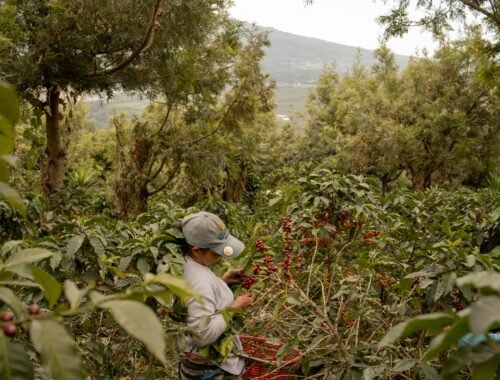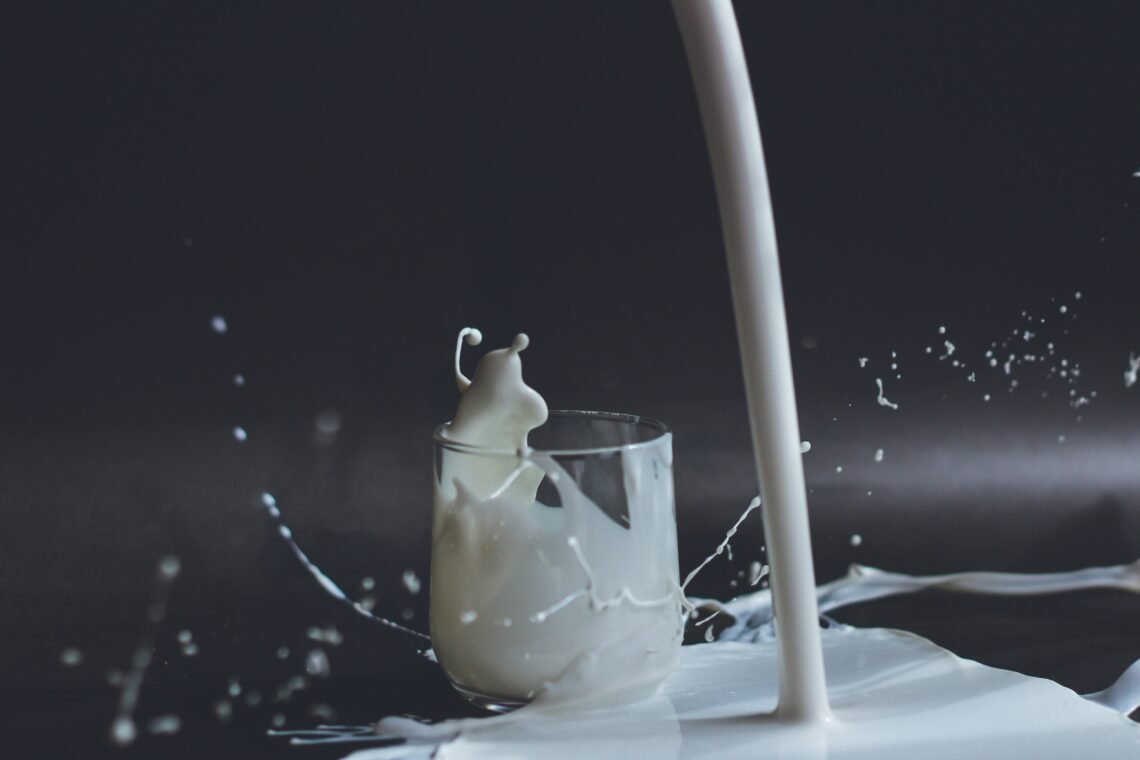
Milk and texture
Latte art is where coffee meets canvas. From the simple heart floating on your cappucino to the elegant swan twirled on your flatwhite, that makes you pause before you sip. It is beyond just plain foam. It is what gives an otherwise boring regular drink the visual spark. This came from the collaboration of two elements that just needed to happen. Milk and espresso. One bold dark and intense, while the other soft silky and sweet. The perfect match!
For a long time, coffee was by itself. Taken black ( often bitter ) sometimes sweetened. But eventually once milk came to the picture, it changed everything. The sharpness softened. The bitterness gave way to a more balanced drink. Those who avoided the “harsh” drink could now finally enjoy the magic of caffeine.
cappucinos, lattes, cortados, flat whites, machiatos…none of these drinks would exist if milk never merged with coffee.
This post takes a closer look at milk. Not just as and ingredient or sidekick but an essential element to the craft. A material and medium which requires just as much understanding as coffee itself. We begin with texture.
Texture done right
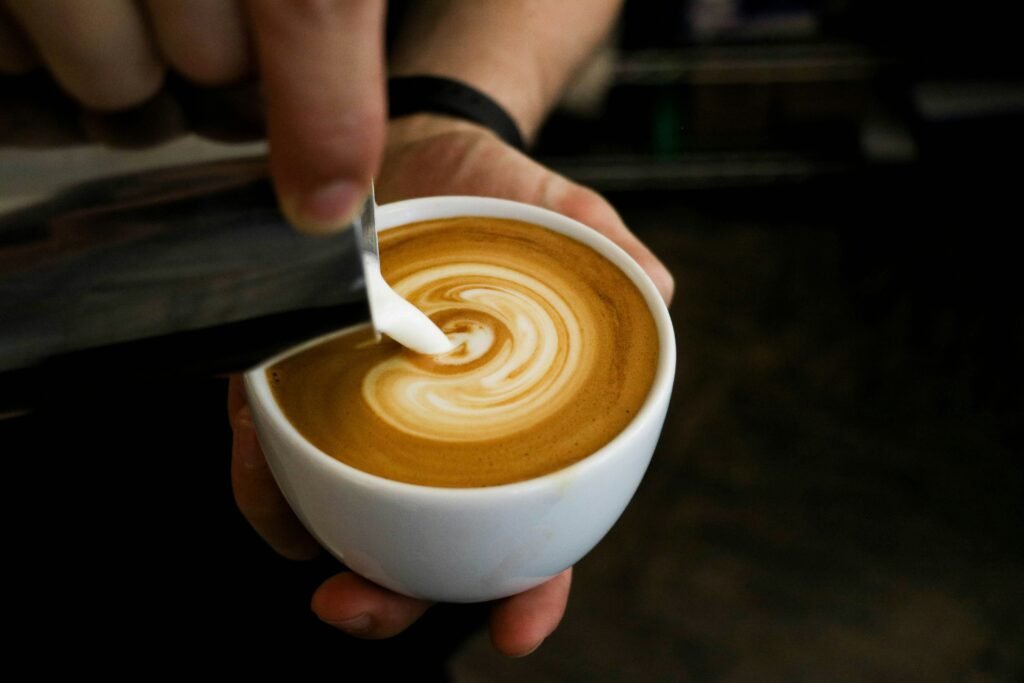
Texture is the feel of the drink before it is the taste. The real goal is not just the foam. It is the micro foam : the smooth, glossy micro bubbled layer that glides over the espresso. Looks more like liquid paint. Or as most baristas say liquid velvet.
How does the texture happen? Done well:
Stretching – introducing air during the first few seconds of steaming. This is by keeping the tip of the steam wand just below the milks surface.
Texturing – Heating the milk while creating a swirling motion untill it comes soft, even and shiny.
Texture is not decoration. It is a structure. It is what allows espresso and milk to blend rather than compete. A well pulled shot with poorly textured milk will always fall short. The milk must meet the espresso at its level.
Role of temperature
This can be tricky to begginers. You need to get the temperature right. Steaming too hot burns the milk and messes up the texure and taste. Steam very low temp the the drink tastes weak and underdeveloped.
The sweet spot is between 60°C and 65°C (140–150°F). Within that range, milk gives its natural taste and sweetness. The texture is soft, not stiff.
You do not need a thermometer forever—but it helps early on. Otherwise, trust your hand: when the pitcher becomes almost too hot to hold comfortably, you are there.
Learning to Listen
Good milk makes a sound. It is not loud. It is not chaotic. It sounds like paper tearing softly, or a whispering hiss. If your milk is screaming, it is telling you something. Usually: the wand is too high, too much air is being introduced, or the whirlpool is broken.
Do not blame the jug. Even a basic pitcher can produce beautiful milk if the technique is there. What matters most is wand placement, pitcher angle, and timing. Baristas develop this by feel, by sight, but also by sound.Your ear will learn faster than your eyes. Not all milks behave the same though.
Alternatives bring their own personalities, and not all of them play nice with espresso. Oat milk, almond milk, soya milk, coconut milk all have different textures, aromas and taste. Each appealing to its own crowd.
For best results with plant-based options, use those labeled barista blends—they are designed to stretch and hold like dairy.
In the End, Milk Is Craft
You can pour the perfect shot. You can tamp with precision and dial in your grind. But if the milk is wrong, the drink is incomplete. Milk is not a filler. It is not a softener. It is not just the other half. It is a craft all its own.
When treated with care, milk transforms. It turns coffee into conversation. It adds weight without heaviness. Sweetness without sugar.
This is the silent art in every great cup.
And it is worth getting right.
You May Also Like
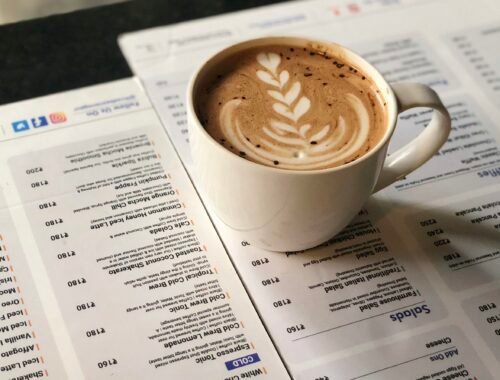
Navigating a Coffee drinks Menu
May 16, 2025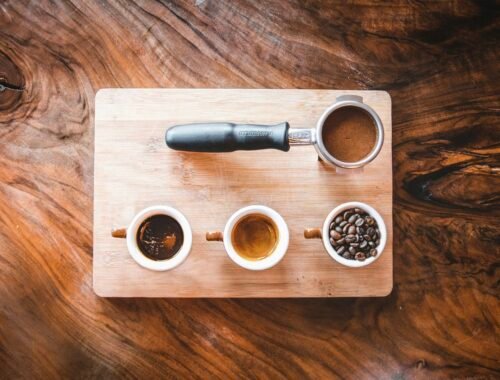
Bean to Mug : The origin story
May 5, 2025